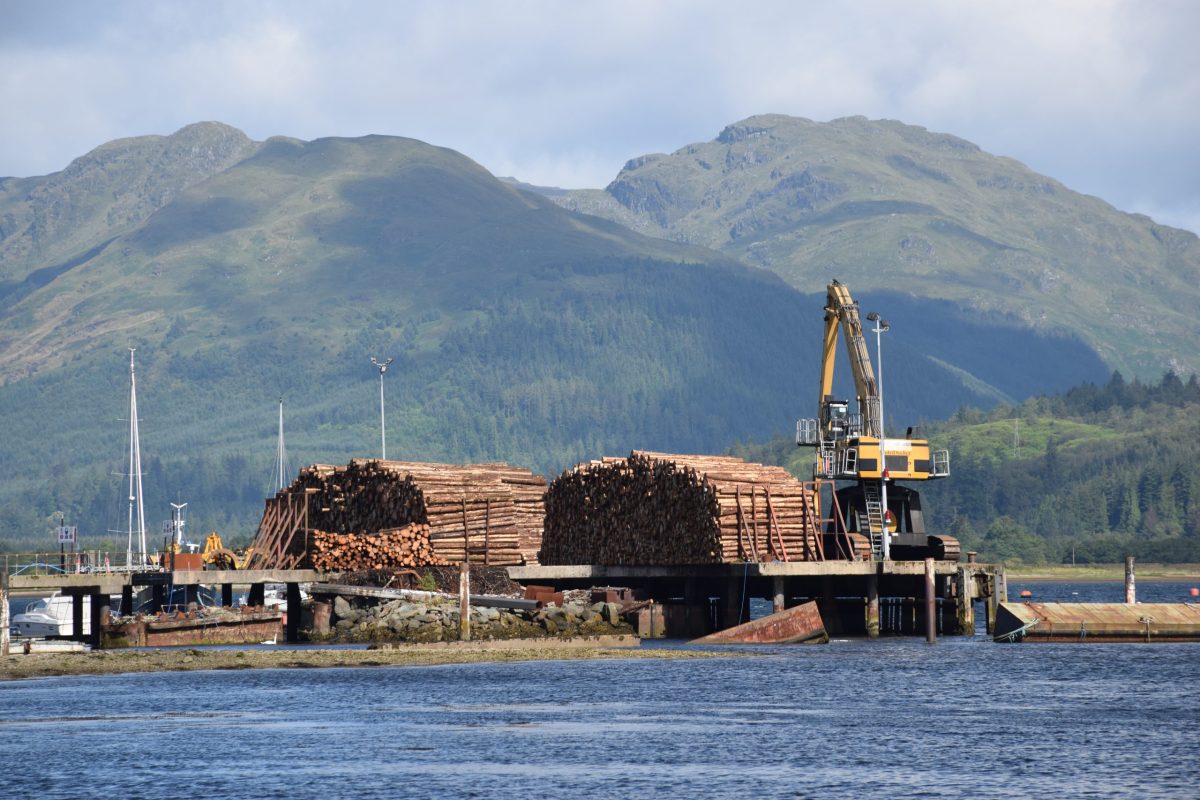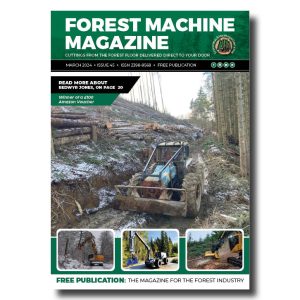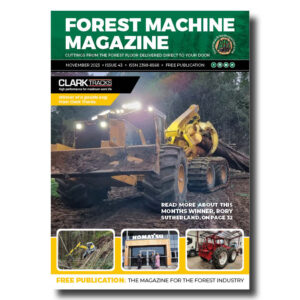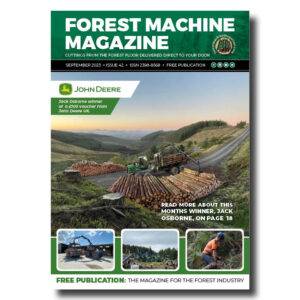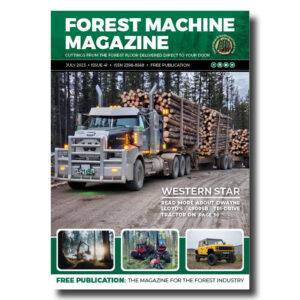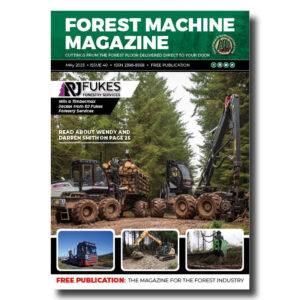UK softwood markets experienced a period of strong trading during the first two months of Q2, supported by a rise in demand that gained momentum throughout both April and May.
UK softwood market enjoyed a period of strong trading through the first two months of Q2, supported by a rise in demand gaining momentum through both April and May. This followed on from a stable Q1 when imports increased by just under 2% against the same period in 2024.
Since the beginning of this year, a number of Nordic producers were short of spruce logs for structural grades, and in many cases switched to pine. That move had a knock-on effect on the amount of redwood available for production at some mills, leaving gaps in specifications in the grades U/S, 5th and 6th.

-
That’s a remarkable amount of work hours for a single machine, the Norcar 600 owned by Erkki Rinne is taken well care of, it even has the original Diesel engine.
-
Kieran Anders is a forestry contractor working in the lake district. His work involves hand cutting and extracting timber using a skidder and tractor-trailer forwarder.
-
It is not possible to eliminate chain shot, but there are simple steps that can be taken to reduce the risk.
-
Arwel takes great pride in the fact that the mill has no waste whatsoever, “the peelings are used for children’s playgrounds, gardens and for farm animals in barns in the winter and the sawdust has multiple uses in gardens and farms as well.
-
Timber hauliers need to encourage young blood in, and also look after the hauliers we have, we need make the sector a safe and positive place to work.
FIND US ON
Related Posts
With good demand and some shortages, Q2 prices moved upwards, not only to the UK but other markets in Europe and the US as well. However, many times bitten and many times shy, the UK merchants adopted a more sceptical and cautious approach to the messages being communicated by the shippers and distributors. Many held back from making longer-term commitments on the forward market to ensure the recovery and stability in the market was sustainable.
But, sure enough, as June began, cracks in demand started to appear, with prices flattening and ultimately weakening, the demand for structural softwood fell at a more noticeable pace as merchants pulled up the drawbridge. This sudden damping down in demand forced some distributors into panicking, and as always, they took the predictable option of dropping prices progressively in June.
In the background, new building projects that were planned to start in Q2 failed to physically materialise, and several of the national developers deferred start-ups, and in some cases postponed the release of new building phases. These moves took timber merchants by surprise and decreased their stock turnaround times.
There are many affecting new housing developments, which include delays in planning consent and infrastructure issues such as sufficient domestic water and power supplies. In addition, trained and skilled labour resources are still insufficient to meet the pent up demand. The Government’s much publicised mass planning and building plans have not yet translated into sufficient activity to generate the confidence necessary to create demand to the level so badly needed by the timber industry.
The generic work done by the timber industry, and notably by TDUK and affiliate associations to promote wood as a go-to low carbon building product is certainly succeeding in persuading specifiers to use more timber in design. However, this too often remains on the drawing board rather than materialising into tangible development, and while more timber frame is being used in today’s construction, a further rise in momentum is needed to create a reliable and firm market.
When the mills initiate their summer breaks, many of the importers hope that production downturns will wipe any potential surpluses out of the supply chain and underpin prices against any further reductions.
In Sweden, (the UK’s largest supplier of imported softwood), there are several industrial strikes underway
which are affecting trailer logistics at the ferry ports. With no end in sight, it is likely that the trade increase liner cargoes of break-bulk shipments from unaffected ports to avoid ongoing delays.
Source TTJ

Sign up for our
Contact forestmachinemagazine@mail.com to get your products and services seen on the world’s largest professional forestry online news network.
#homeoflogging #writtenbyloggersforloggers #loggingallovertheworld
Written by loggers for loggers and dedicated solely to the equipment used in forestry operations.
